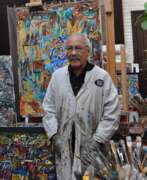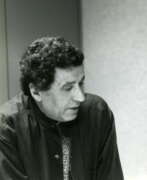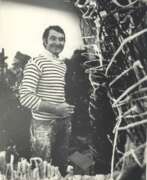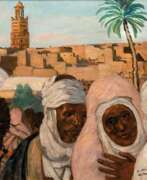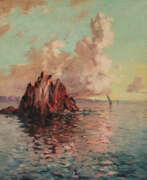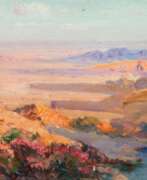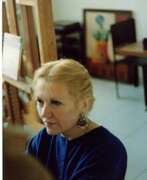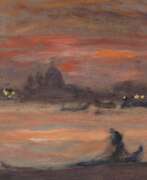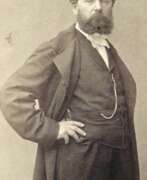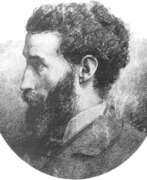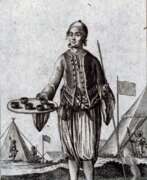Algeria
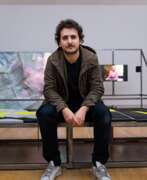

Neïl Beloufa is a French-Algerian artist born in 1985 in Algeria and raised in France. He currently lives and works in Paris. Beloufa's work covers a wide range of media, including sculpture, video and installations, and often deals with topics related to social and political issues.
Belufa's installations often use a combination of found objects, industrial materials and digital technologies such as screens and projectors. He often creates an immersive environment that encourages the viewer to physically and emotionally interact with the work.
One of Belufa's most famous works is Colonies, an installation that was exhibited at the Hammer Museum in Los Angeles in 2017. The installation was a series of interconnected rooms filled with sculptures, videos and soundscapes that explored themes related to colonisation and global power structures. Belufa's work has been exhibited internationally, including at the Palais de Tokyo in Paris, the New Museum in New York and the 2015 Venice Biennale. He has received numerous awards and prizes, including the Audi Talent Award in 2011 and the Marcel Duchamp Prize in 2015.


David Emile Joseph de Noter is a Belgian painter-painter.
His grandfather Peter-France de Noter and father Jean-Baptiste André de Noter were painters, and he received his first artistic education from them. David de Noter painted still lifes and genre paintings in which he carefully sketched out the smallest details.
The artist often traveled to French Algeria and exhibited in Parisian salons.


Charles Albert Lebourg was a French painter known for his landscapes and seascapes.
Lebourg began his career as a painter in his early twenties, studying at the École des Beaux-Arts in Paris. He was heavily influenced by the Barbizon School, a group of painters who focused on realistic depictions of nature.
Lebourg's paintings often depicted the beauty of the French countryside, including rolling hills, verdant forests, and meandering rivers. He was also known for his seascapes, which captured the movement of the waves and the changing colors of the ocean.
Lebourg exhibited his work at the Salon des Artistes Français in Paris and won several awards for his paintings. He was also a member of the Société Nationale des Beaux-Arts and the Académie des Beaux-Arts.
Lebourg continued to paint throughout his life, and his work is held in many major collections, including the Musée d'Orsay in Paris and the Metropolitan Museum of Art in New York.
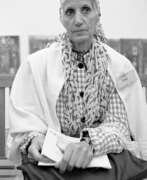

Baya Mahieddine (Arabic: باية محي الدين) or Fatima Haddad (Arabic: فاطمة حداد) was an Algerian artist who is best known for her vibrant and colorful paintings that often featured bold shapes and figures. At the age of sixteen Baya had her first exhibition, in Paris, where she gained notice from renowned artists such as Pablo Picasso and André Breton.
Baya's work is often associated with Surrealism, as she was heavily influenced by Breton and other Surrealist artists. However, she also drew inspiration from traditional Algerian art and culture, incorporating elements such as calligraphy and geometric patterns into her work.
Throughout her career, Baya's work was exhibited in Algeria and France, and she received widespread critical acclaim for her unique style and approach to painting. In addition to her paintings, she also created tapestries, ceramics, and other works of art.
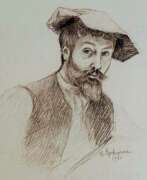

Georges Antoine Rochegrosse was a French historical and decorative painter. His themes are generally historical, and he treated them on a colossal scale and in an emotional naturalistic style, with a distinct revelling in horrible subjects and details. He made his Paris Salon début in 1882 with Vitellis traîné dans les rues de Rome par la populace. He was elected an Officer of the Legion of Honour in 1892 and received the Medal of Honour in 1906 for The Red Delight. Rochegrosse also illustrated several books. Some of the drawings for these illustrations are in the Department of Prints and Drawings at the British Museum, London.




